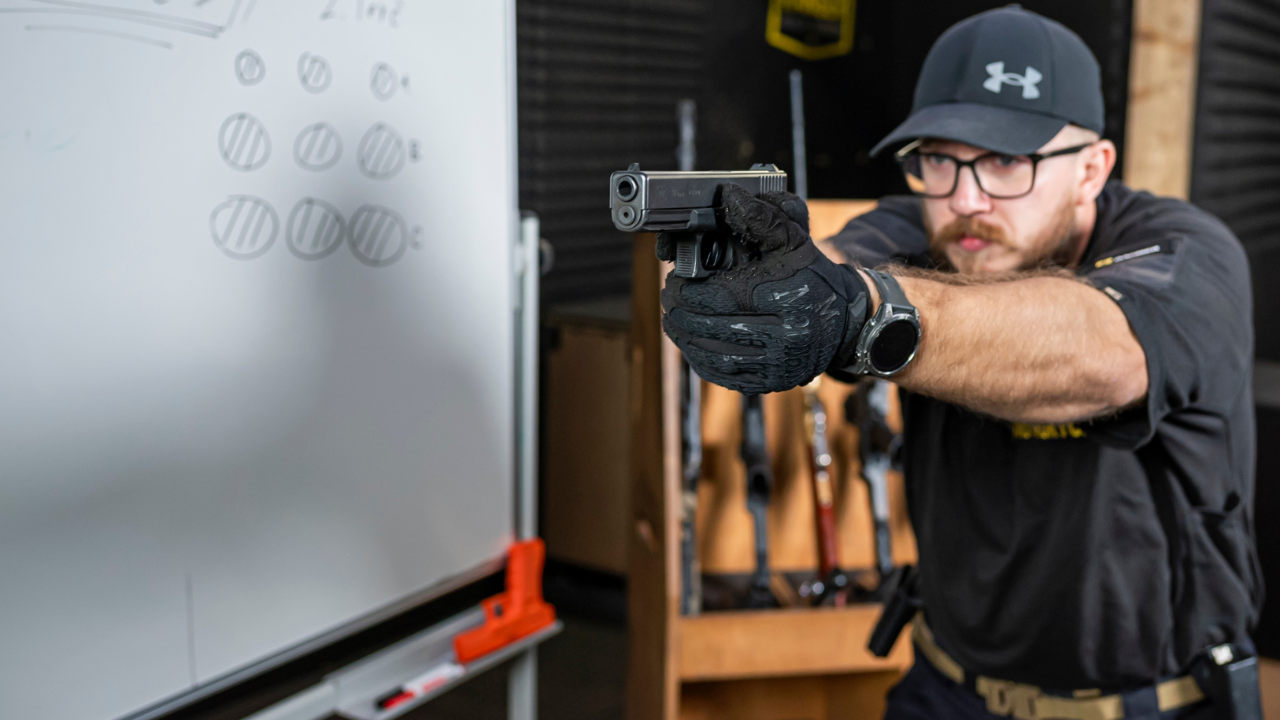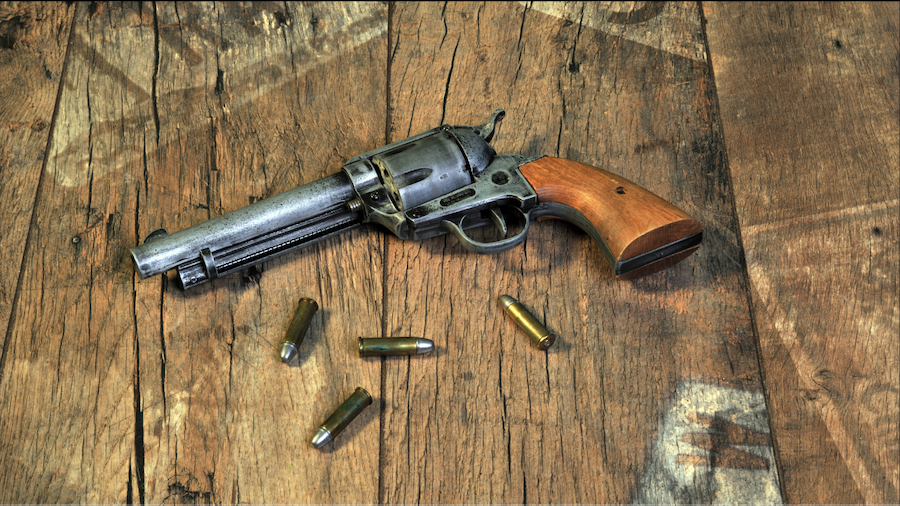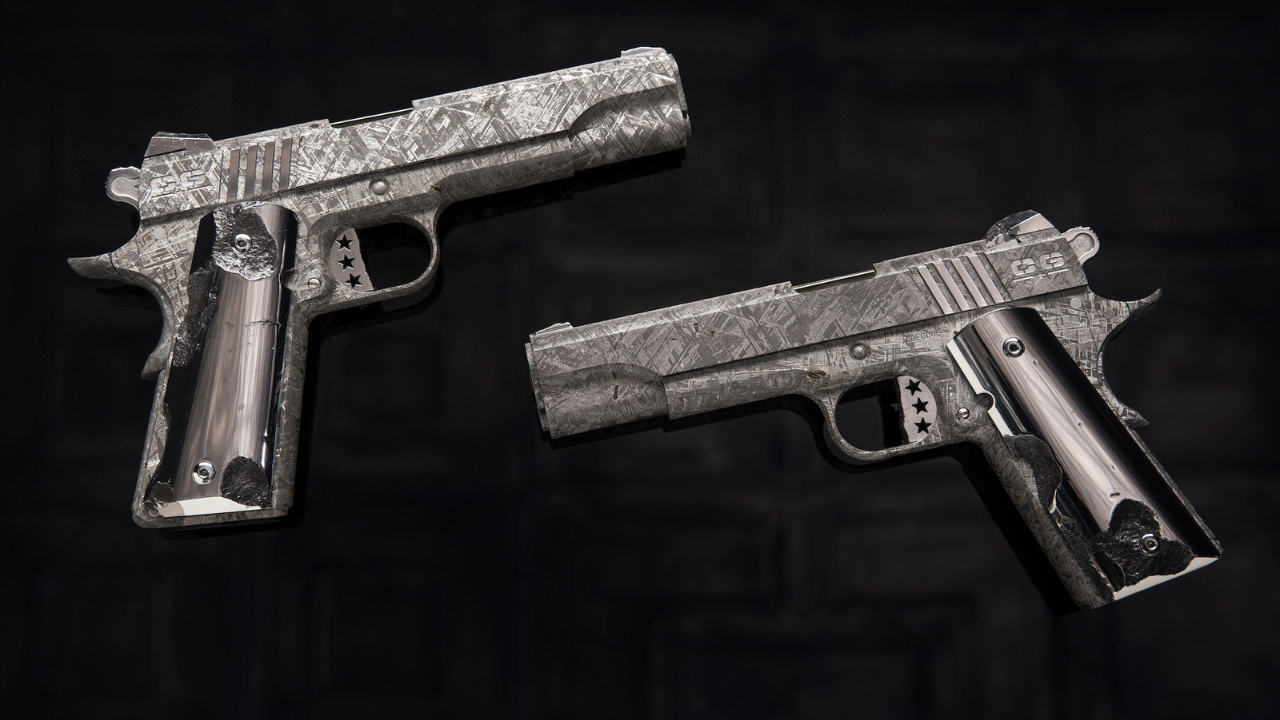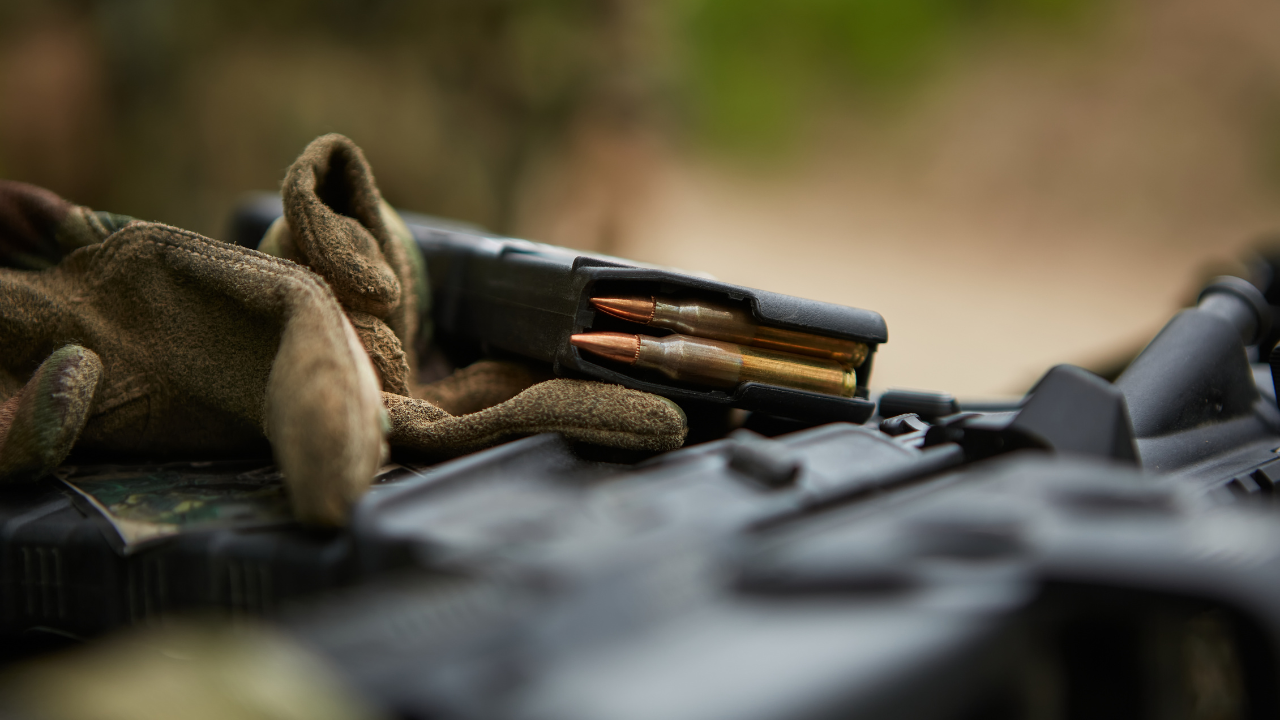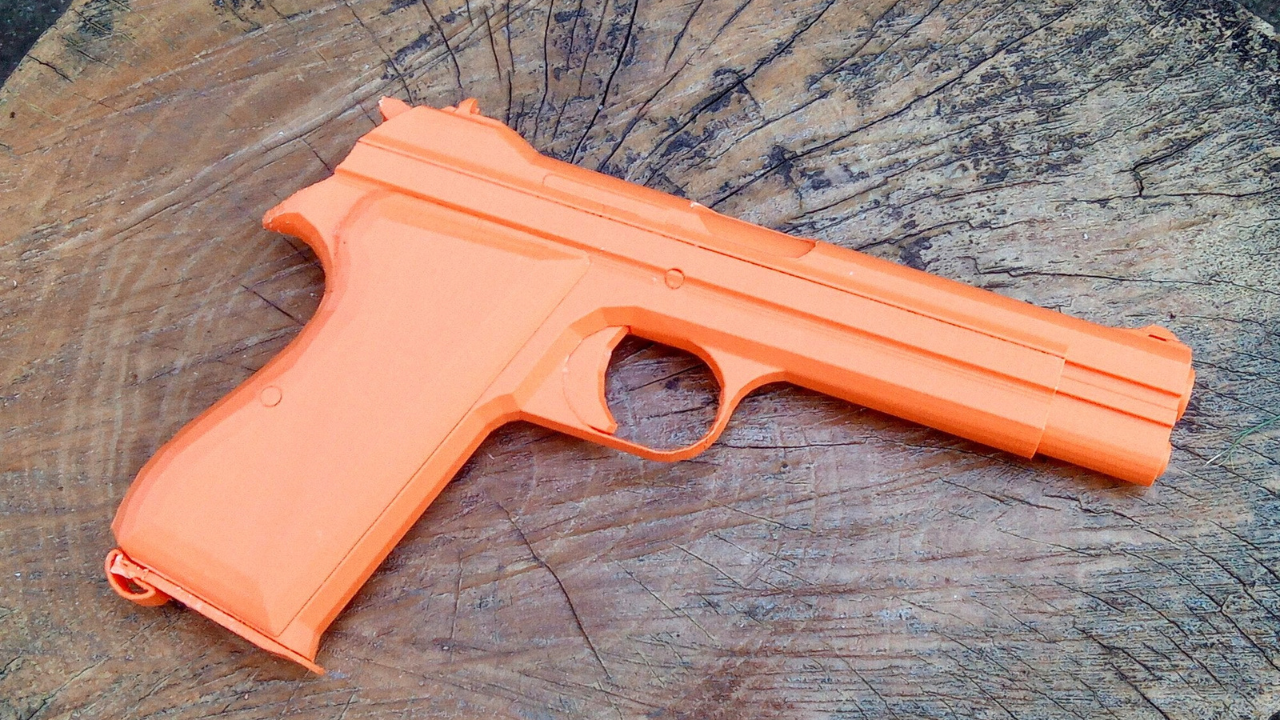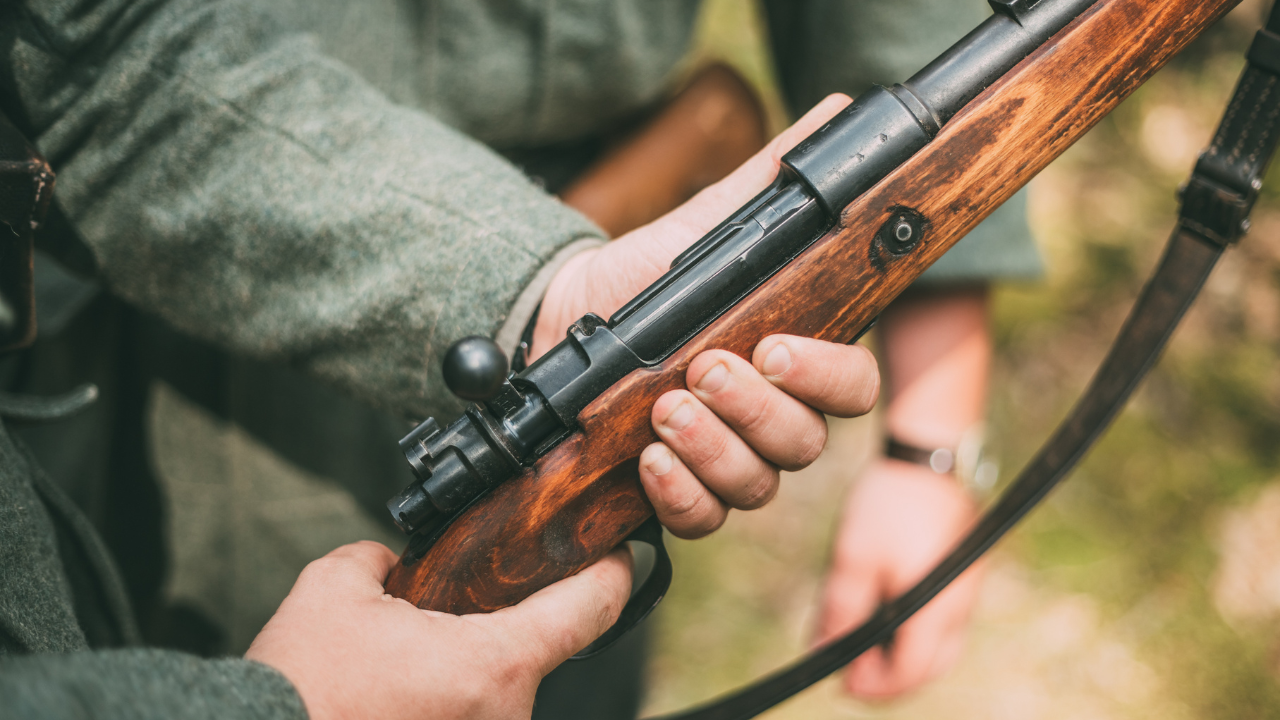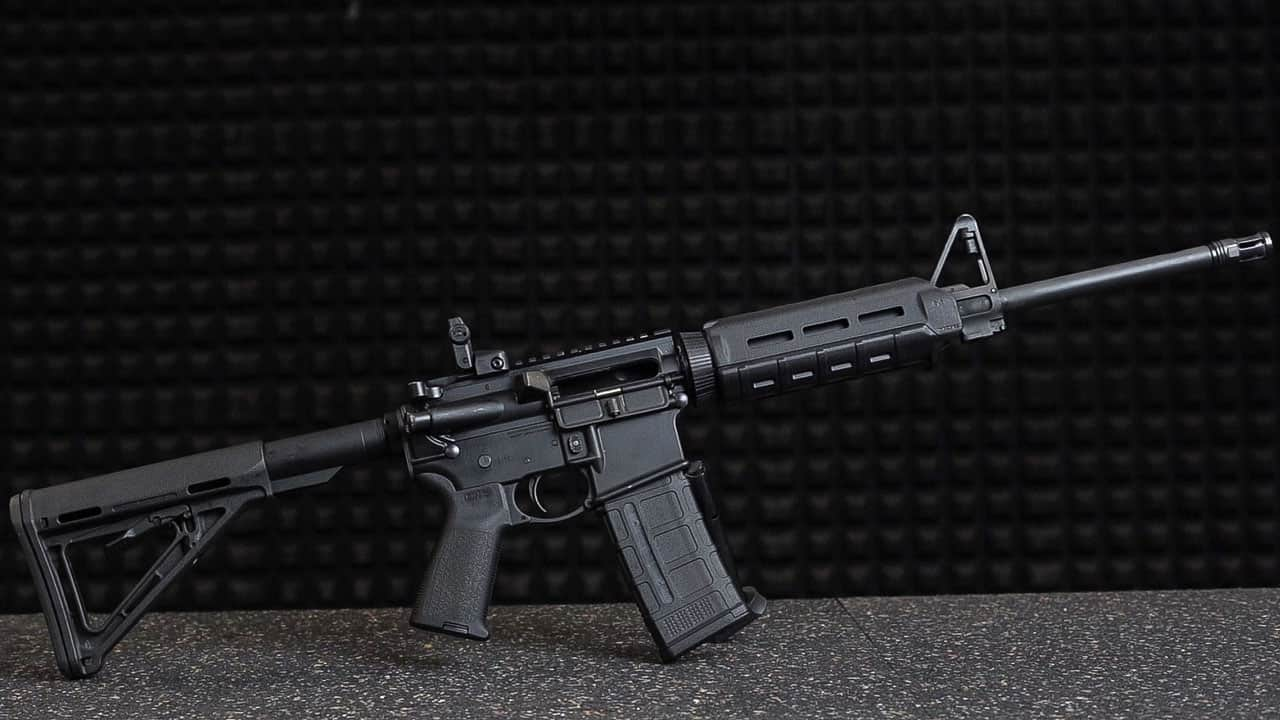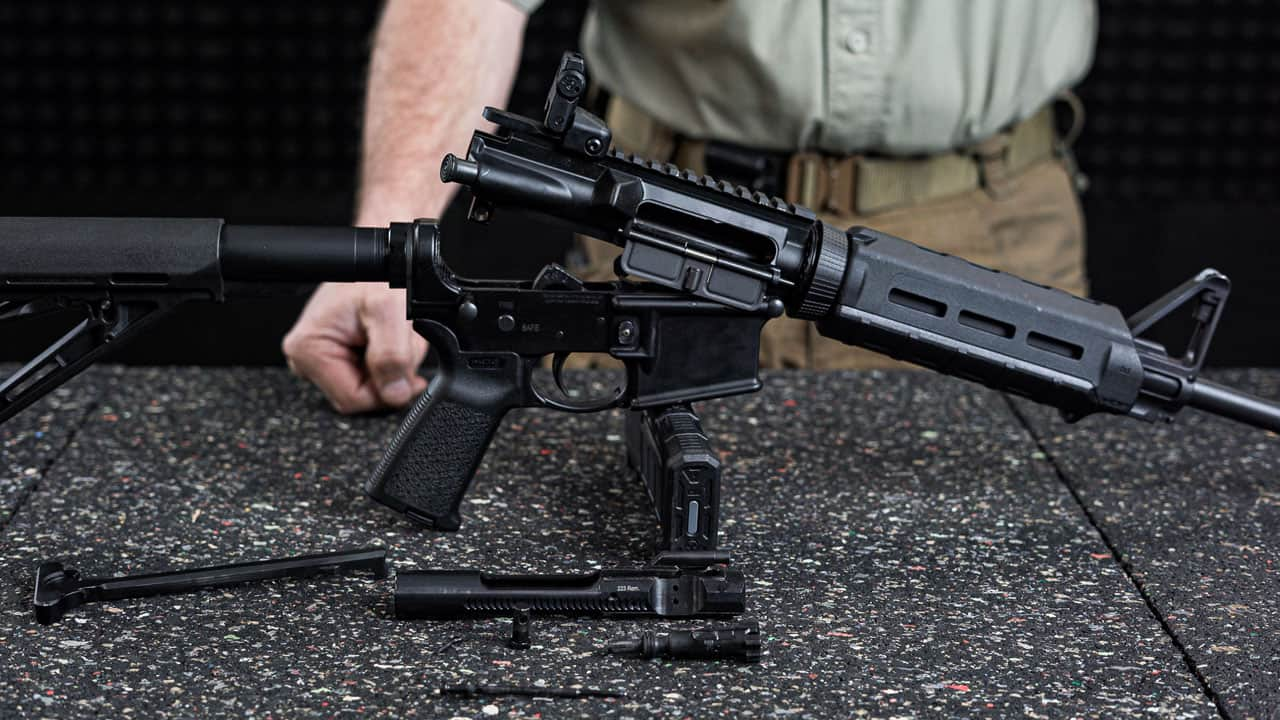
AR-15 rifle at the shooting range
All in one line
Barrel, slide, stock - all arranged in one line. This is the basic identifying element of the AR 10 and AR 15 rifles, which influenced not only the arrangement of the internal mechanisms, but also the shooting characteristics of the rifle. If the rifle has a classic shape with a folded stock, it pushes less into the shooter's shoulder, but it rises more after the shot, and this rise is directly proportional to the height of the barrel axis above the point where the stock touches the shooter's shoulder. This has not been a problem for centuries. At least until the advent of self-loading and self-loading guns. It took much longer to reload the gun after firing than it took to return the barrel to a position where it would point at the target again. Even the first self-loading or automatic weapons did not solve this problem. Yet the concept of placing these three elements in a single line goes back to the years of World War I. But then, with some of the lesser-known light machine guns.
However, it was not until 1939-45 that this concept began to be applied not only to the German MG34 and MG42 machine guns, but also to the interesting, though not yet massively widespread, single-shot weapon that was the famous FG 42 rifle. Even after the war, however, there was no mass movement towards this concept. The US Army continued to develop Garand rifles, Belgium gave the world the FN FAL, and Spain produced the CETME, which returned to the homeland of its creators as the G3. And in the East, the SKS carbine was only hesitantly replaced by the first AK 47 rifles. The Italian BM59 was just a Garand translated into Italian, and the French MAS 49, also did nothing to stand out from the crowd.
AR as ARMALITE
A revolution came with the AR 10 rifle, designed by Armalite's Eugene Stoner. Armalite was part of the Fairchild aviation company, and perhaps that is why the designer did not hesitate to use technologies closer to the aviation industry than to conventional gun manufacturing. And he really took it from the ground up. At a time when most of the guns produced had wood stocks, he relied on plastic, and he also used steel to save only the necessary places. The breech was locked directly into the barrel so the breech housing could be made of light alloy. He further divided the rifles into two vertically arranged units: the Upper, which included the actual weapon system itself, including the barrel, breech, gas mechanism, and recoil spring with stock. A lower. which was the grip, trigger mechanism and safety in one unit. Again, these were not unfamiliar design elements, they just weren't used as consistently in one gun.
The futuristic silhouette was then complemented by the sights. The sights were mounted on a tall, unmistakably shaped carrier and the dioptric sight was perhaps the most important element of the iconic look of the weapon. The designer placed it on a carrier designed to be easier to carry at the same time. In the original design, the diopter carrier still housed the tension lever, but this was moved to the rear of the upper for the sister AR 15. The AR 15 was a smaller AR 10, using a much smaller .223 caliber cartridge instead of the standard 7.62 x 51 NATO cartridge: The M 16 Rifle in 5.56 x 45mm NATO. There are entire libraries of books on its military service, so we will only discuss the internal design aspects of the civilian versions below

